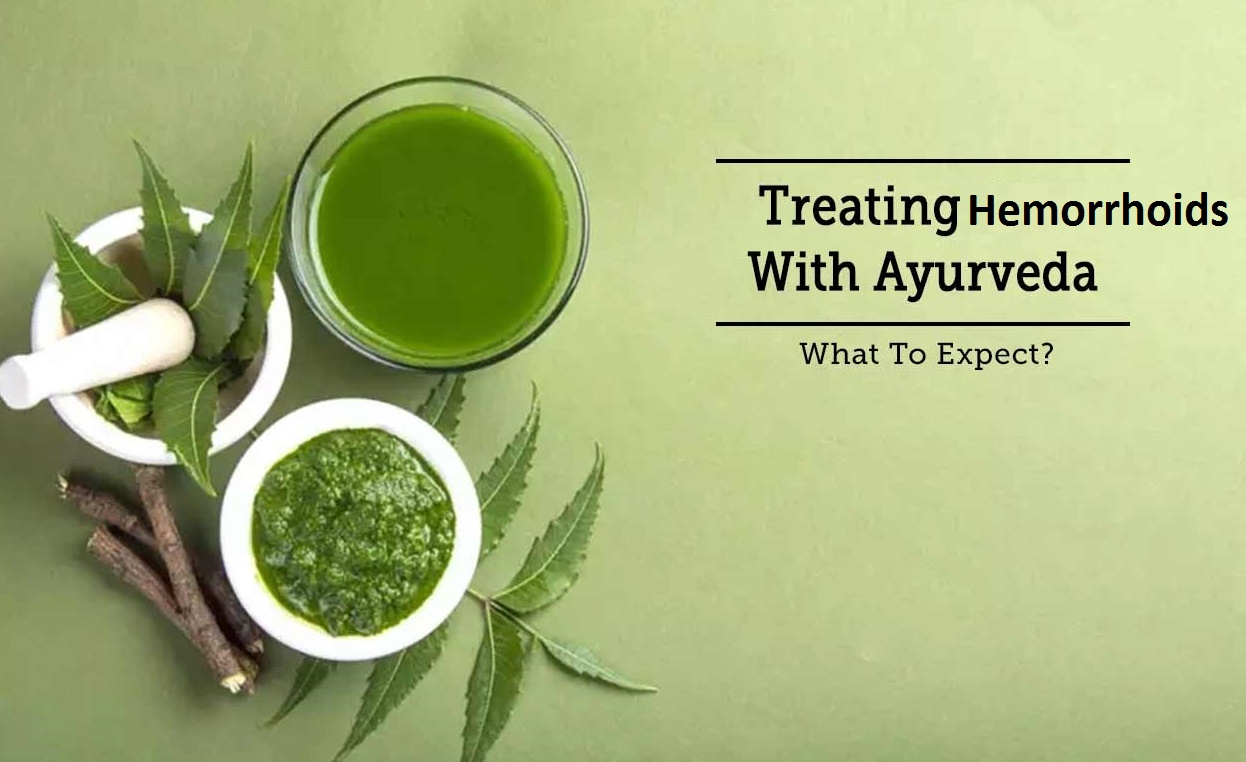Cholesterol and triglycerides represent the fat content in the human body. High level of lipids in the bloodstream is called Hyperlipidemia – Ayurvedic Treatment for Hyperlipidemia. Cholesterol is similar to fat, but the structures are entirely different. Cholesterol executes several anatomical and physiological functions in the body.
Ayurvedic Physiology of Heart Disease
In Ayurvedic practice, heart disease is called “Hridroga”. Wrong-diet, emotional stress, mental trauma, anxiety and overweight are significant reasons for heart disease. At times, heart disease is associated with arthritis or liver conditions too.
Ayurveda Recognises Five kinds of “Hridayaroga.”
Vata Hridaya Roga
Pitta Hridaya Roga
Kapha Hridaya Roga
Tridosha Hridaya Roga
Krimija Hridaya Roga.
Hridaya Badha represents heart disease, considers vitiation of Rasa, the first dhatu as the primary factor responsible for heart disease.
Saptadhatu (meaning seven tissues)
Saptadhatu theory is the fundamental principle of Ayurvedic philosophy. Imbalance in the equilibrium of Saptadhatu results in diseases.
Meda dhatu represents adipose tissue of the body. Meda dhatu is an essential constituent of the brain, spinal cord and nervous tissue that maintains the internal temperature of the body.
In Ayurvedic Principles of Medicine, obesity is being recognised as a health issue.
Factors that raise or aggravate Kapha increases Meda dhatu resulting in obesity.
Lekhaniya Dravya and Meda Dhatu
The drugs that have a depleting effect on the body are known as Lekhaniya Dravya. Medohara Dravya is compared with hypolipidemic agents.
Vata is responsible for clarity among the channels of circulation, Shoshana of three biological touches of humour and enkindling of the natural fire[Agni].
Drugs having katu vipaka (post-digestion effect) are said to be Lekhaniya because of the prevalence of Akasha, Vayu (air) and Agni (fire).
Ayurvedic Treatment to Reduce Cholesterol—
Guggulu
Ayurveda endorses the use of Guggul as treatment of high levels of lipids in the blood (Hyperlipidemia)
Benefits of Guggulu
- Guggulu supports healthy cholesterol levels
- Helps maintain a healthy weight
- Supports healthy lipid levels and metabolism
- Supports healthy immune system function
Lashuna [Garlic]
Lashuna is excellent for preventing and curing heart disease. Allicin is produced when garlic is crushed down for medicinal use.
Arjuna
Arjunarishta is a necessary remedy for strengthening the heart. Around six teaspoonfuls (30 ml) of the preparation mixed with equal water, twice a day should be given for six months. Arjunarishtam is very effective in reducing high levels of blood cholesterol.
Studies with Arjunarishtam have shown beneficial effects in congestive cardiac failure and Mitral regurgitation. Arjun has the LDL lowering effect.
Amalaki
The effect on serum cholesterol and its lipoprotein fractions of supplementation of the diet with Amalaki was studied in normal men and men with hypercholesterolemia between the age group of 35-55 years. Amalaki was given in a raw form for about twenty-eight days. A decrease in cholesterol levels was noticed in healthy and hypercholesterolemic patients. However, when, Amalaki was withdrawn after weeks, the rise in total serum cholesterol levels of the hypercholesterolemic subjects was found to rise to initial levels.
Sarpagandha
It is the drug of choice in the treatment of hypertension. Half a teaspoonful (2.5 g) of the powder, thrice a day is highly efficient in reducing blood pressure. One or two tablets, twice a day, is recommended in treating hypertension.
Precautions and Diet
In the case of coronary heart disease, in addition to medicine, lifestyle changes are must in the proper management of coronary heart disease.
Avoid large meals and fatty foods that leave your feeling stuffed.
Try to avoid situations that make you stressed.
Eat a healthy diet to prevent and reduce high blood pressure and high blood cholesterol and obesity.
Exercise as directed by your doctor and lose weight if you are overweight or obese. Avoid ghee and butter. Garlic and ginger must be consumed in moderate amounts.
Some Additional Tips for Lowering Cholesterol
- Consume 6 – 8 glasses of water daily.
- Plan a fibre, rich diet.
- Consuming fish like salmon, are beneficial in maintaining healthy levels of cholesterol.
- Make sure to consume a minimal number of dairy products as they are rich in dietary cholesterol.
- Consume lots of green vegetables and fruits to ensure a sufficient supply of antioxidants in the diet.
- Turmeric, fenugreek and coriander are excellent remedies for boosting good cholesterol.
- Black piper (Piper nigrum) removes the blockage from channels of circulation.
Wind-up
Following Ritucharya, Dinacharya and another Ayurvedic regimen—can all be very helpful. More so, cost-effective, successful and standardised ayurvedic medicines can control cholesterol.
The Madras Institute of Ayurveda—the centre for Ayurvedic medicine and treatment in Chennai, ranges from Panchakarma Treatment to Rejuvenation Treatment. With facilities for a whole range of ayurvedic treatments on par with the most sophisticated and finest traditions dating back to Vedic times. Care begins with diagnosis, based on which the doctors create a customised treatment plan to treat the disease and not just the symptoms.
Log onto www.miayurveda.org to learn about the treatment plans.












